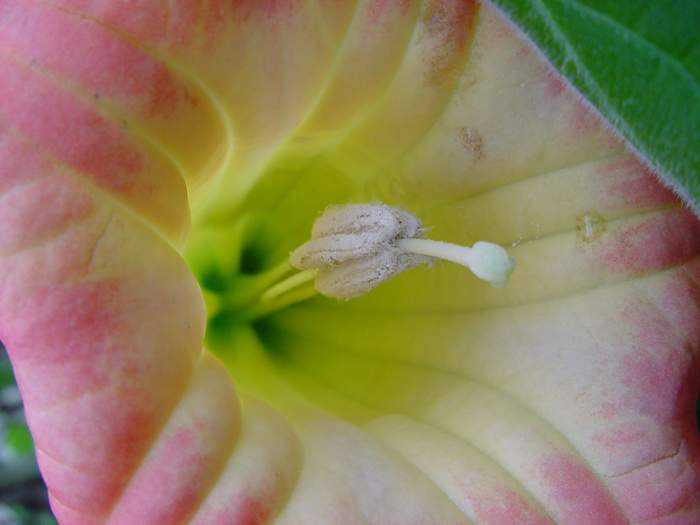Poisons
"Toxic plant and animal products have been used for thousands of
years in hunting, execution, and warfare. Usually, the poisonous extracts
were smeared on arrows or spears, and the earliest reliable written evidence
from such use appears in the Rig Veda, an ancient poetic work from the Vedic
period in India (c. 1500-500 BC). The ancient Greek word toxikon
originally meant 'poison for arrows'. Both Homer and Virgil mention the
use of arrow poisons derived from natural sources. For example, in the Odyssey, Athena reports that when she first met Odysseus he 'was seeking the
deadly poison (probably aconite) wherewith to anoint his bronze-tipped arrows'.
Aconite was also the most widely used arrow poison in medieval Europe, and was
still in use on the Iberian peninsula as late al the seventeenth century.
Despite the potential of these toxins as agents of warfare and other murderous
activities, they were originally intended as important hunting accessories.
The arrow poisons of South America and Africa provide excellent examples of
this." An excerpt from Murder, Magic, & Medicine by John Mann
Select Poisons
Something to keep in mind about poisons and medicines is that
often the line between toxic and therapeutic is very fine. Therefore, while I
have mentioned these compounds as poisons, varying the dosage can yield a
therapeutic effect.
 Atropine
is a naturally occurring alkaloid of the "atropa belladonna," which
causes dilation of the pupils. This compound competes for acetylcholine
muscarinic receptor sites and is an antidote for physostigmine poisoning (which
comes from the Calabar Bean). Atropine can be extracted from the datura
plant, which has beautiful flowers, such as that shown below.
Atropine
is a naturally occurring alkaloid of the "atropa belladonna," which
causes dilation of the pupils. This compound competes for acetylcholine
muscarinic receptor sites and is an antidote for physostigmine poisoning (which
comes from the Calabar Bean). Atropine can be extracted from the datura
plant, which has beautiful flowers, such as that shown below.


Digitoxin is a compound extracted from Digitalis Purrpurea
(also known as foxglove), which is shown on the right. Digitoxin is a
cardiac glycoside that is now routinely used as a drug for congestive heart
failure and for treatment of cardiac arrhythmias. In addition to digitoxin
found in foxglove, digioxin can be extracted which is more quickly eliminated
from the body and is a more hydrophilic compound than digitoxin.

Poison Links
Index of Poisonous Plants at Botanical.com
South
American Poisonous Frog
Biotoxins
in Warfare
Digitalis
Cornell University Poisonous
Plants Informational Database
Toxic Plants in Indiana (a good general overview of many plants)
Toxic
Plants Index
Back to the Natural Products Vault
Homepage
 Atropine
is a naturally occurring alkaloid of the "atropa belladonna," which
causes dilation of the pupils. This compound competes for acetylcholine
muscarinic receptor sites and is an antidote for physostigmine poisoning (which
comes from the Calabar Bean). Atropine can be extracted from the datura
plant, which has beautiful flowers, such as that shown below.
Atropine
is a naturally occurring alkaloid of the "atropa belladonna," which
causes dilation of the pupils. This compound competes for acetylcholine
muscarinic receptor sites and is an antidote for physostigmine poisoning (which
comes from the Calabar Bean). Atropine can be extracted from the datura
plant, which has beautiful flowers, such as that shown below.
